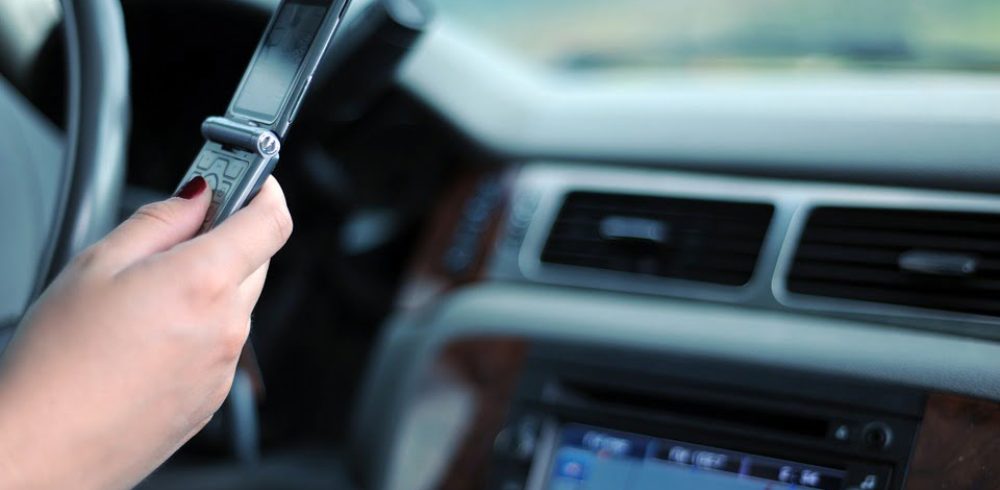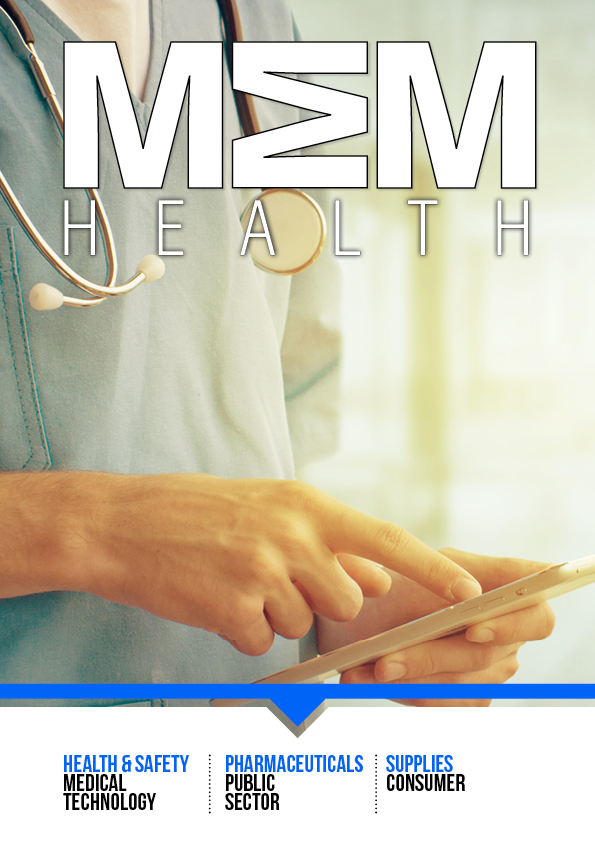The argument has rose that texting and driving is as much an engineerâs problem as it is at the fault of the millennial. An AAA study showed that two thirds of drivers aged 19-24 have read a text message or email while behind the wheel in the last thirty days. Thatâs a staggering percentage and it doesnât appear as though this will be stopping any time soon, despite 81% of people saying they realise this kind of behaviour is a serious threat to their personal safety. Before the youth take full blame for the texting while driving phenomenon AAAâs survey showed the issue is scattered across the age spectrum.
Despite the law, the fist shakes and the shaming of texting and driving, the problem remains. Banishing distracted driving from the roads is requiring an answer that may lay in engineering and technological solutions. It seems verging on ridiculous that new developments have to accommodate to people not being able to pull over to read a text but in order to save many fatal accidents this appears to be the easiest solution. In the USA road deaths rose 6% in 2016 to a frightening 40,200 and people are arguing there should be more easily acceptable ways to use their devices on the road.
Researchers, product designers, engineers and policymakers are exploring the challenges faced in figuring out how to allow people to use tech at the wheel, a manner that will allow people to get something that is currently illegal but will prevent high annual death rates. Fixtures are already in place and have been for many years that are supposed to be aiding the accident rates from carelessness on the road. Phones come with driving modes that can block incoming calls and apps are available for anti-distraction. There are hands free and voice activated texting devices all aiding to reduce the likelihood of a crash, but even drivers taking their eyes of the road for a moment can be cause for concern.
The real problem lingers in that scientists are still attempting to uncover the dimensions of multitasking. Driving distraction is more complex than it may seem, we are aware brains can handle a finite cognitive load which is why dividing oneâs attention between two things (such as washing up and watching TV, or Facebooking and walking) means both tasks are done sub-optimally. Where does the acceptable level of distraction and can the problem be eliminated altogether? Traffic engineers have found certain types of road design such as narrow streets lined with trees can make drivers more focused on the road thus less likely to indulge in a risky message but surely engineers cannot be expected to change the entire road system?
It sadly appears people arenât getting the message that texting and driving is a danger. Or if there are getting the message they appear to be either ignoring it, or at least pretending they donât know the risk they are putting themselves and others in. In terms of development there are some exciting new updates to technology that engineers can sink their teeth into, and more research into sub-optimal brain function could have some interesting findings for future research.
















